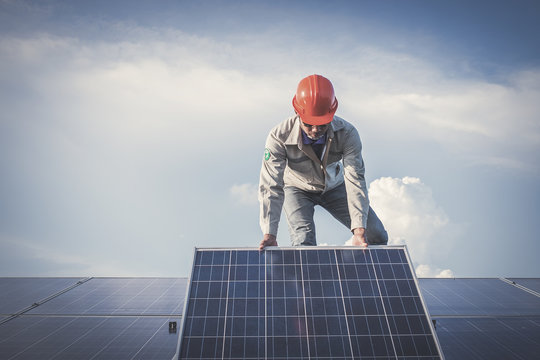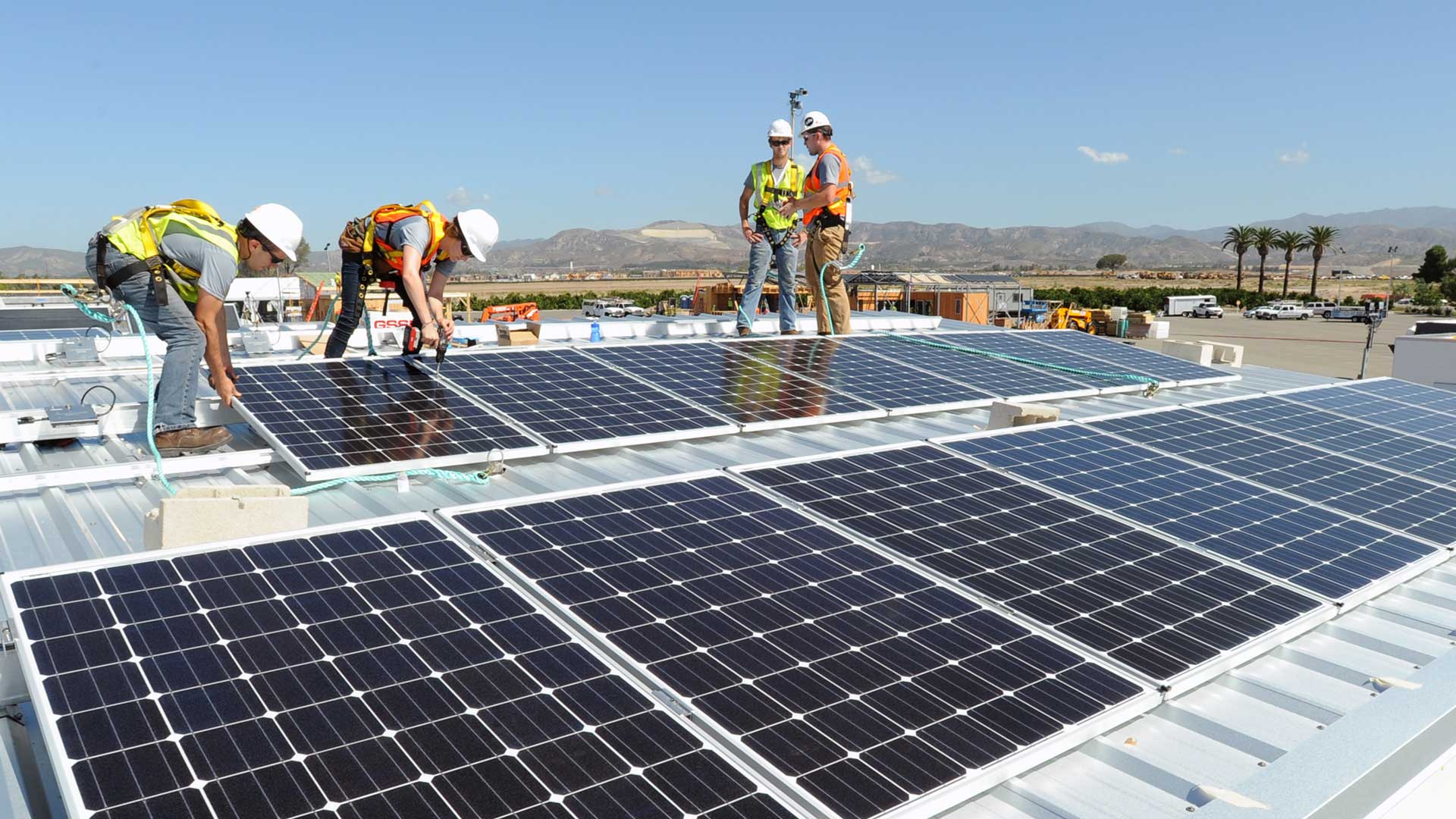Solar strength isn’t always clearly a green dream—it’s a sensible and occasional value answer for residence owners trying to reduce prices and encompass sustainability. Across Texas, where daytime is considerable twelve months a year, residential solar panels have turned out to be one of the smartest investments for decreasing power payments while lowering property taxes. Choosing the right installer is a vital step, and knowing how will allow you to make a knowledgeable choice.
This manual breaks down the requirements of working with solar installers, highlighting modern estimating techniques, the importance of joint agreements which encompass NDAs (Non-Disclosure Agreements) and PAs (Project Agreements), and the extended-time period benefits of embracing solar.
1. Why Homeowners in Texas Are Turning to Solar Energy
Texas leads the dominion in solar functionality due to its extraordinary open regions and daily sunlight hours. Homeowners are increasingly understanding that solar energy is, in fact, an environmental choice but also a monetary one. With federal tax credit scores, neighborhood incentives, and awareness rebates, solar panel systems are more plentiful and less pricey than ever.

Key Drivers for Solar Adoption:
-
Lower Energy Bills: Solar panels extensively reduce month-to-month utility fees.
-
Incentives & Tax Credits: Programs, together with the Federal Solar Investment Tax Credit (ITC), lower upfront expenses.
-
Increased Property Value: Homes with solar panels often sell at a top fee.
-
Energy Independence: Solar structures assist in defending residential property against fluctuating power charges.
-
Sustainability Goals: A growing number of families prioritize lowering their carbon footprint.
For Texans, the sunny weather is more than simply an advantage—it’s an asset ready to be harnessed.
Many owners choose to rely on Residential solar panels and installers Texas because they deliver all the know-how and transparency.
2. Factors That Influence Solar Installation Costs
Understanding the rate of putting in solar panels is vital before starting your venture. While the sun has ended up with a lower rate in modern-day years, numerous factors determine the final charge tag:
-
System Size: Larger structures generate greater energy; however, they require better premature investment.
-
Panel Efficiency: High-performance panels supply higher ordinary performance; however, they may cost a little extra to begin with.
-
Roof Type & Condition: Complex roof designs or older roofing materials can boost hard work fees.
-
Inverter Type: Options like string inverters, microinverters, and hybrid fashions affect every charge and overall performance.
-
Battery Storage: Adding storage for added strength will increase expenses; however, it presents strength and safety.
-
Local Permits & Labor: Texas has various permit expenses and hard work prices depending on the vicinity.
Accurate rate forecasting relies on professional estimating, which is why many homeowners choose to operate with certified installers who can provide precise and accurate calculations.

3. The Middle Stage: How to Choose the Right Installer
The manner of finding the proper solar installer calls for more than genuinely comparing costs. Experience, reliability, and trustworthiness are recalled. In this degree, expert steering makes all the difference.
With expert estimates subsidized with the aid of the use of modern-day equipment, you avoid underestimating expenses or going through surprising delays. Moreover, NDAs ensure your personal and assignment records remain private, and at the same time, PAs certainly outline duties, timelines, and charge terms.
Checklist for Selecting the Right Installer:
-
Licensing & Certification: Verify credentials and country licensing.
-
Experience: Choose installers with a track record of achievement in residential projects.
-
Transparent Pricing: Ensure itemized estimates that cover substances, difficult work, and allowances.
-
Warranty Coverage: Look for warranties on each tool and workmanship.
-
Customer Reviews: Check for extremely good comments and references.
-
Legal Safeguards: Ensure NDAs and PAs are in place for safety and readability.
By combining cutting-edge estimating practices with criminal frameworks, proprietors defend their investment and regain peace of mind.
4. Long-Term Financial and Environmental Benefits
Installing solar panels is greater than just a one-time investment; it’s a long-term investment with passive 2returns for 5 years, the average lifespan of a solar panel, potentially thousands of greenback dollars.
Long-Term Advantages:
-
Energy Savings: Significant reductions in month-to-month bills add up over a few years.
-
Return on Investment (ROI): Payback durations generally range from 5 to eight years, and then financial savings are pure earnings.
-
Environmental Impact: Solar reduces reliance on fossil fuels and cuts greenhouse gas emissions.
-
Resilience: With battery backup, households can keep crucial systems running for an unspecified time in the future.
-
Market Appeal: Solar-ready homes appeal to environmentally conscious clients, boosting resale value.
By 2025 and beyond, as power prices continue to rise, making a funding investment guarantees homeowners are ahead of the curve.

5. Best Practices for a Successful Solar Project
Whether you’re starting small or installing a huge tool, following awesome practices guarantees an easy challenge:
-
Get Multiple Quotes: Compare at least three installers for price, issuer, and warranties.
-
Ask About Financing Options: Explore loans, leases, or energy purchase agreements (PPAs).
-
Evaluate Equipment Brands: Research panel and inverter manufacturers for reliability.
-
Understand Local Incentives: Maximize economic and financial savings by applying for rebates and tax credits.
-
Plan for Maintenance: Ensure the installer offers ongoing assistance and panel cleansing services.
-
Document Everything: Signed NDAs and PAs shield each domestic proprietor and installer.
With careful planning, your solar project becomes not just a price-saving measure but a clever, destiny-proof investment.
Final Thoughts
For Texans, making an investment in solar energy is low-cost. With sufficient sunlight hours, supportive incentives, and advanced estimating practices, residential proprietors have everything they want to make the switch with a bit of luck. The secret’s choosing the right installer who can offer not simply price-effective answers but additionally reliability, transparency, and prison safeguards through NDAs and PAs.
By going for walks with the proper accomplice, your sun assignment won’t truly strengthen your own home—it will empower your future with financial and environmental benefits for many years to return.







0 Comments